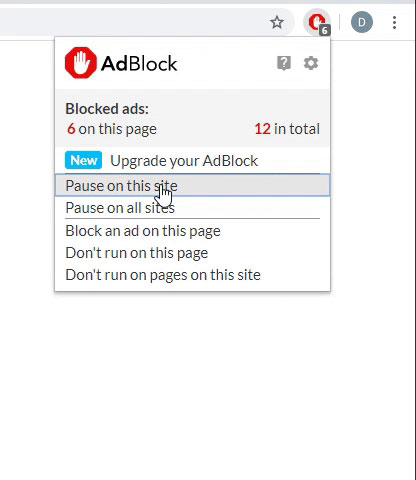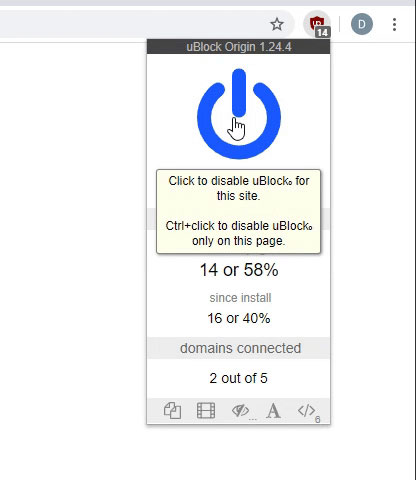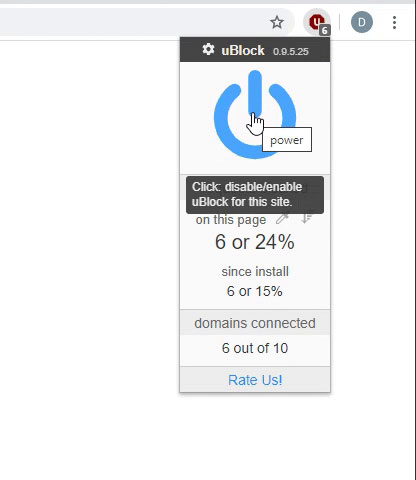I have an excel file that contains daily data sent via e-mail.
Currently I copy and paste the data.
I would rather detach the data into a specific folder and have Excel update itself based on the all the new files in a folder?
I know this can be done, but I am not sure how to do it. Especially with different file names each day.
Any suggestions?
Currently I copy and paste the data.
I would rather detach the data into a specific folder and have Excel update itself based on the all the new files in a folder?
I know this can be done, but I am not sure how to do it. Especially with different file names each day.
Any suggestions?





